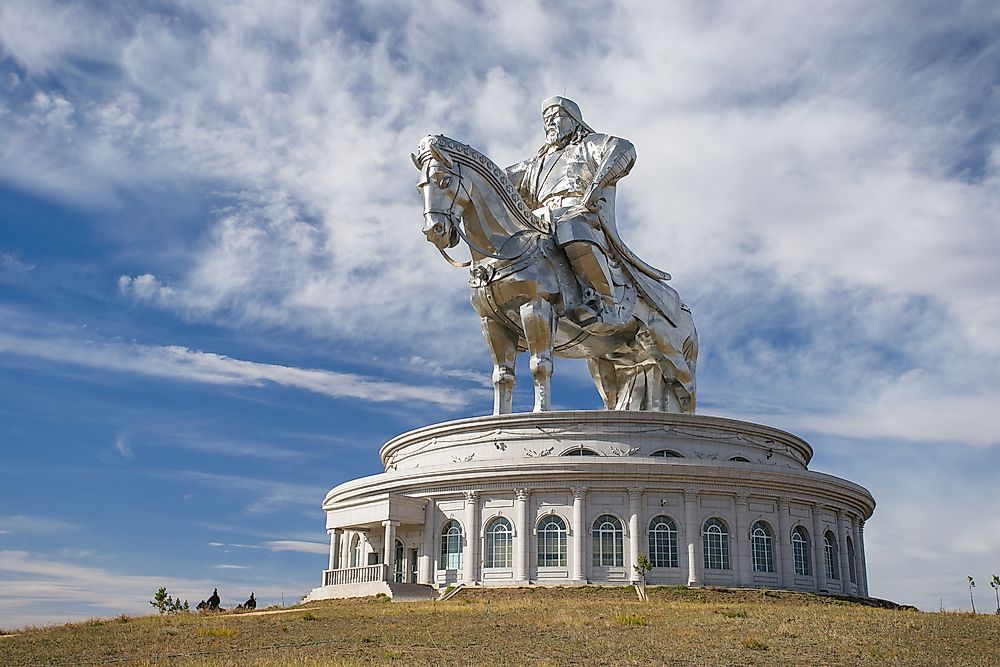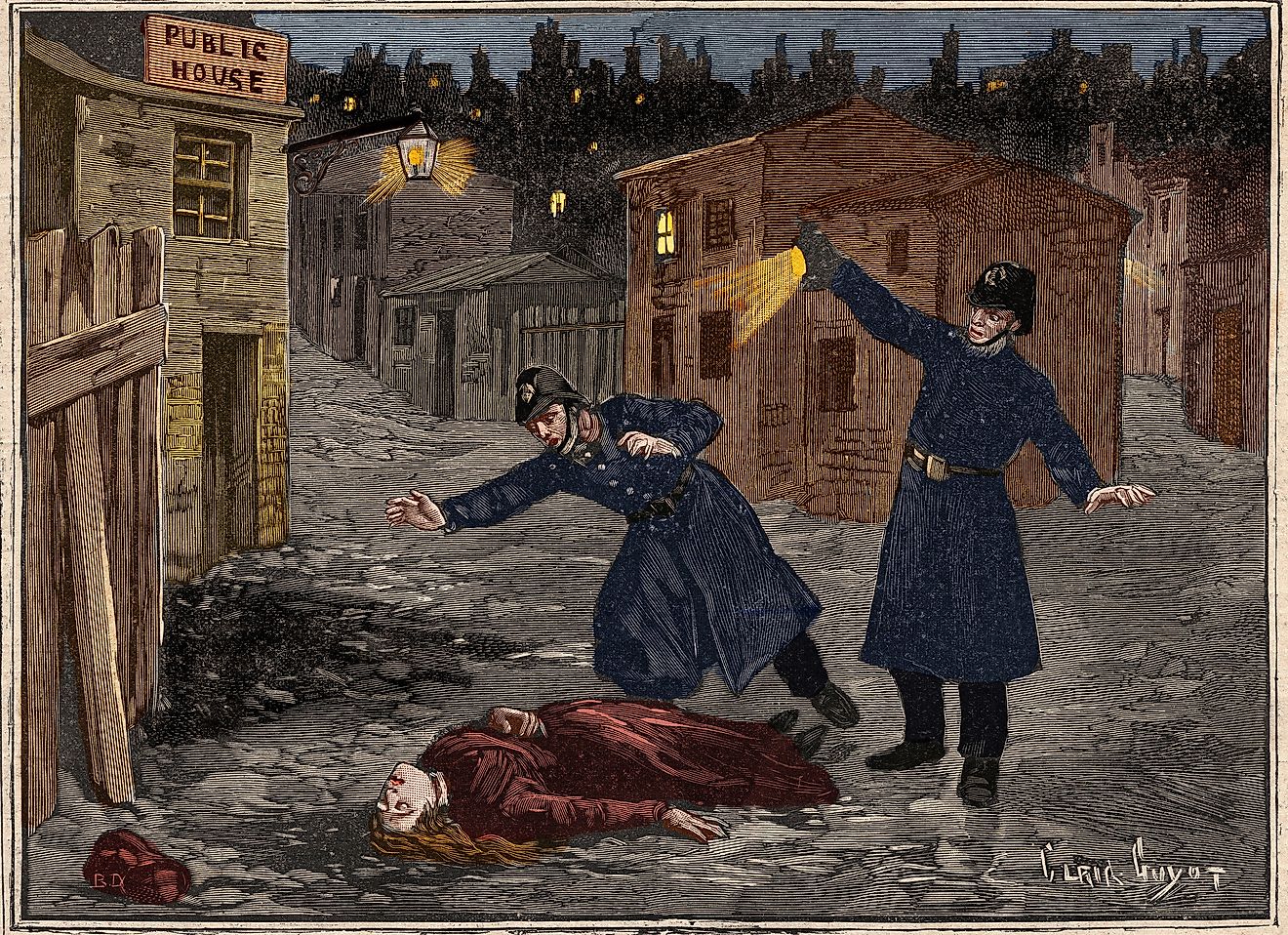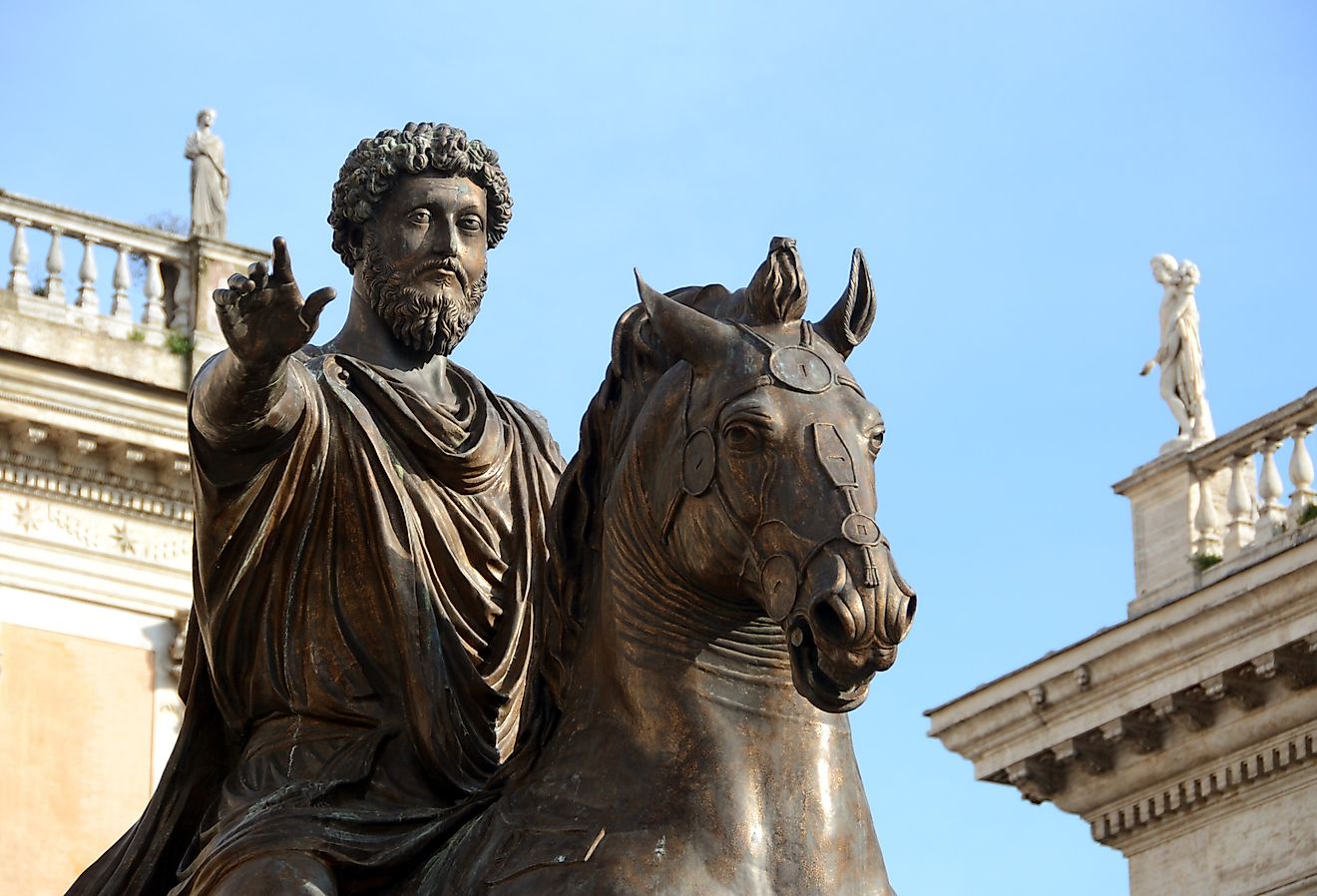Genghis Khan of the Mongol Empire - World Leaders in History

5. Early Life
Sometime around AD 1160, Genghis Khan was born among the Mongols and originally named Temujin. He was the son of Yesukai, who was poisoned by a rival clan leader. Thereafter, the family lost its power over the many clans in endless battle and rivalry with each other, with the nearest kin included in the bloodletting. Temujin, his family, and their remaining followers were forced to eke out a living in poor pastures, surrounded by enemies hoping to rob and kill the family. Furthermore, the threat was not purely from outside the family and its few allies, as there was much dissension even within. Temujin was kidnapped and enslaved by a rival clan, only barely escaping with his life, and quickly began fighting his way to the rulership his father’s premature death had denied him.
4. Rise to Power
Temujin's fight against the opposition included killing his half-brother, Bektor, who threatened his rise. Soon after killing Bektor, Temujin had to seek out the help of his friends Jamuqa and Toghrul to free his bride-to-be, Börte, who was kidnapped in a raid by a tribe called the Merkit. In the end, Temujin defeated and killed both of these enemies, added their armies to his own forces, and defeated all local opposition from among his fellow Mongols. Thereafter, he proclaimed himself, through a combination of canny treachery and brutality, as Genghis Khan, the Supreme Leader of all the Mongols by the banks of the Onon River, in 1206.
3. Contributions
To a string of powerful cities from Beijing to Bukhara to Samarkand, he offered the same ultimatum: “Surrender or die.” May resisted, and all were sacked. Subsequently, their respective population were taken as slaves or put to death by sword. He was noted for sparing only artisans, who he felt could be of good use to his purposes. The Mongols would create an empire with a sophisticated administrative structure, as well as a regular system of taxation, specialized official positions, a system of laws, and centrally passed regulations. These were all administered by captives. Genghis Khan said that plunder from his campaigns must be shared among his troops, and insisted they follow a vigorous training routine and be ready at any time for battle. By the time he died, his armies controlled a vast amount of territory in China and Central Asia by utilizing deceptive military tactics and the skilled horsemanship of his troops. The successors of Genghis Khan would go on to control kingdoms with territories in the Middle East, South and Southeast Asia, and Eastern Europe.
2. Challenges
Whether he was motivated to conquer by famine on the Mongolian plains, the need for horses after great battles, or the belief that he had the divine right to conquer the world, his forces stood against the best armies of his time. Genghis Khan transformed Mongolian society from one based on a traditional tribal lifestyle into one governed by skilled rulers with authority spanning large portions of the known globe. Until then, the Mongols had never had a single chief or ruler over them as a whole. Following a bloody struggle to unite them, Genghis Khan then had one million fighters at his disposal, and the world before him to pillage.
1. Death and Legacy
Despite wonderful ceramics that were produced by his craftsman, the Mongol hordes of Genghis Khan have become most legendary for the profound devastation they left in their wake. Genghis Khan, fearing death, sought out the Taoist priests of China, who were said to have found the secret of immortality. However, in the midst of a campaign, Genghis Khan died in 1227. The cause has been variously reported, ranging from either sustaining wounds during a hunt, being struck by an enemy near the Mongol victory over Yinchuan, falling off his horse, or of natural death in his 60s, relatively old for his time. Much like the facts surrounding his death, his tomb’s location remains unknown today as well. After his death, his son Ogedai succeeded him, and held the expanding empire together for a time. In the decades following his death, the empire would continue to expand, becoming the largest continuous stretch of empire in human history, and the largest in any shape or form until the British Empire at its extent almost 7 centuries later. In the end, however, successions were contested, and eventually the empire was broken into different states. According to some estimates, due to the assaulting of conquered women, around 1 in 200 of the world's people today can be genetically linked to Genghis Khan's bloodline. These proportions are much higher in Mongolia, China, the Korean Peninsula, and Siberia.











